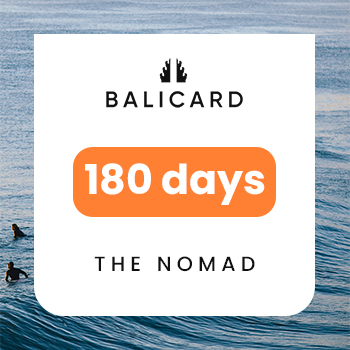Deine Digitale Discount Karte für Bali
Spare bei 200+ handverlesenen Partnern
Waterbom, Hotels, Auto mieten, Rafting, Canyoning, e-Biking, Trekking & Sightseeing Touren, Spas & Fitness, Restaurants, ATV, Swings, Scuba Diving, Waterpark, Tanz Shows, Kochkurse, Airport Transfer, etc

 English
English Indonesia
Indonesia Français
Français


















